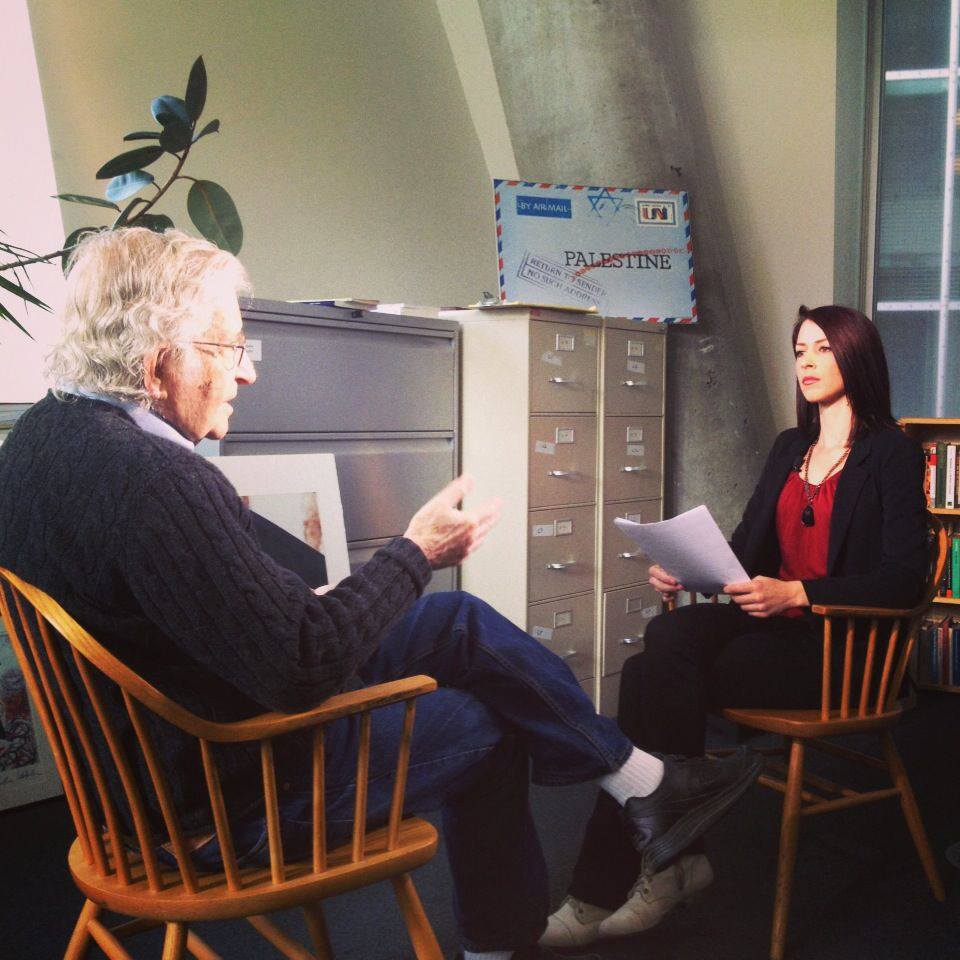

This paper is an attempt to localize Herman and Chomsky's analysis of the commercial media and use this concept to fit in the Philippine media climate. The Propaganda Model Today: Filtering Perception and Awareness. Corporate-Market Power and Ideological Domination: The Propaganda Model after 30 Years – Relevance and Further Application. How to cite this book chapter: Zollmann, F. The concluding section of the essay outlines a set of broad research areas for scholars concerned about applying the Propaganda Model. Part two of the essay addresses the issue of ideology, arguing that selective "humanitarianism" and atrocity shaming have become major reference points to legitimise Western militarism. It is demonstrated that corporate-market constraints still constitute major 'filters' of information: the online realm is highly commercialised and dominated by giant companies as well as advertising sponsors. Part one of the essay investigates the institutional composition of the digital media environment. This two-part-essay postulates the continued relevance of the Herman-Chomsky Propaganda Model in the Internet age.

By revealing the inconsistencies within and between various elite narratives, the media thus fulfilled its basic functions as the fourth estate. Several observations suggest that elite narratives lacked credibility because of incomplete, contradictory or false information. Although the media coverage generally did not challenge various elitist views and did not provide alternative viewpoints, this article demonstrates that elites nevertheless failed to establish a homogenous consensus view. Moreover, applying the five filters comprising the propaganda model suggests that elites positioned themselves to disseminate their narratives due, in part, to the high reliance by the media on official sources.

Iraqi and US government and military elites had a strong incentive to co-opt the media as they sought to convince, particularly the Iraqi public, that insurgent activity could not undermine the security that the Iraqi army and police forces maintained. In particular, it utilizes the propaganda model postulated by Noam Chomsky and Edward Herman to analyse the construction of narratives of various government actors, and it seeks to determine the extent to which select news organizations were complicit in propagating an elite view. This article examines the media coverage produced by several international news organizations about four bombings carried out in Baghdad in the months preceding Iraq’s national election conducted in March 2010.


 0 kommentar(er)
0 kommentar(er)
